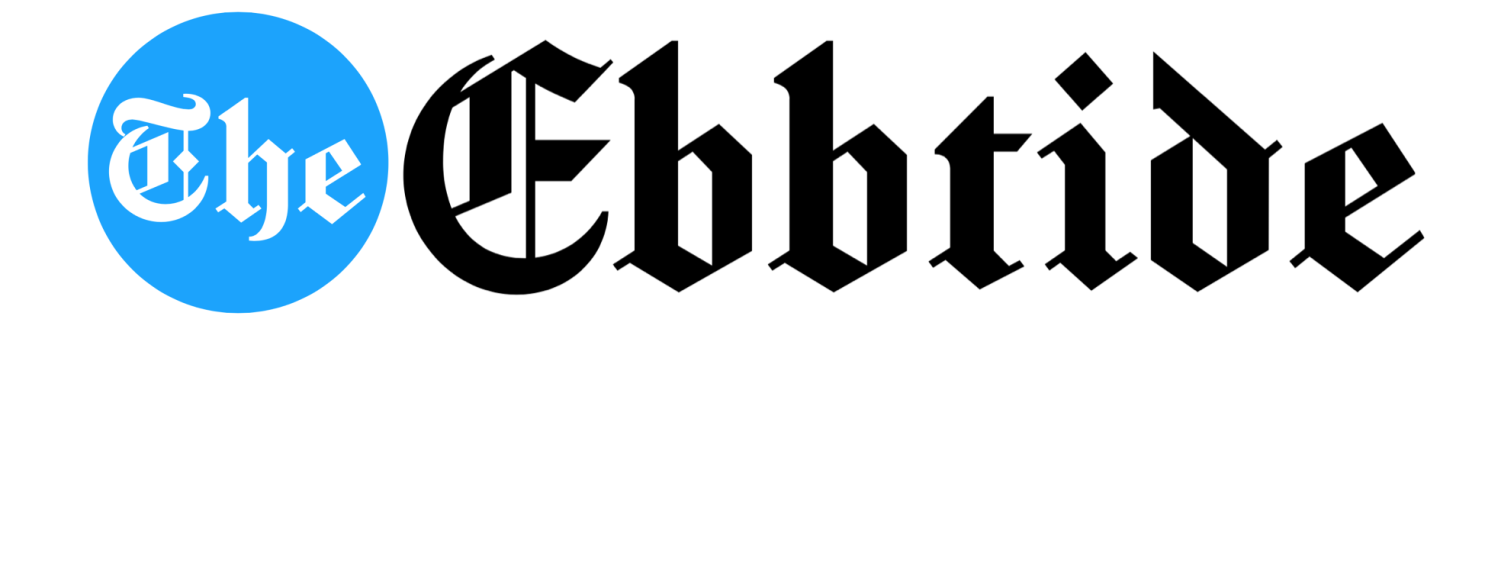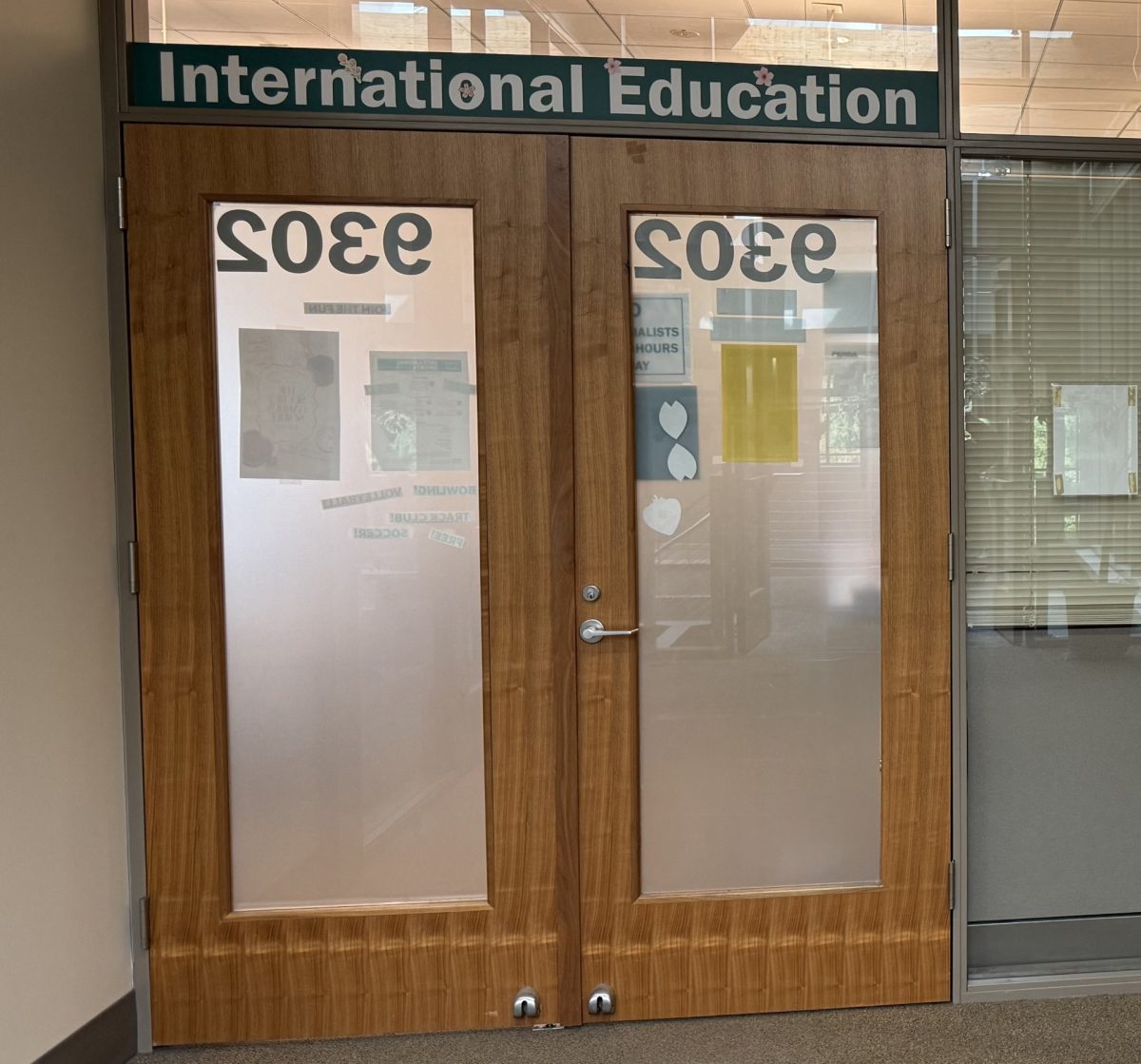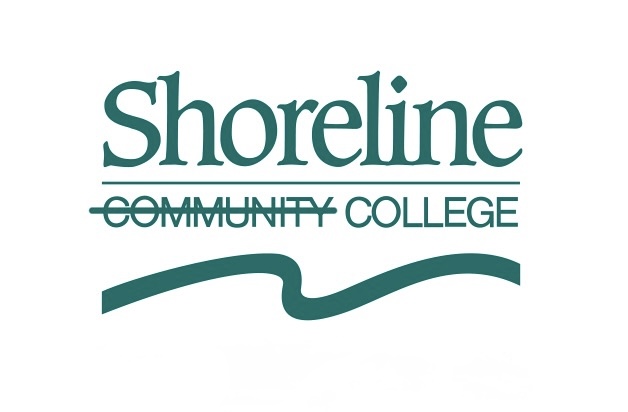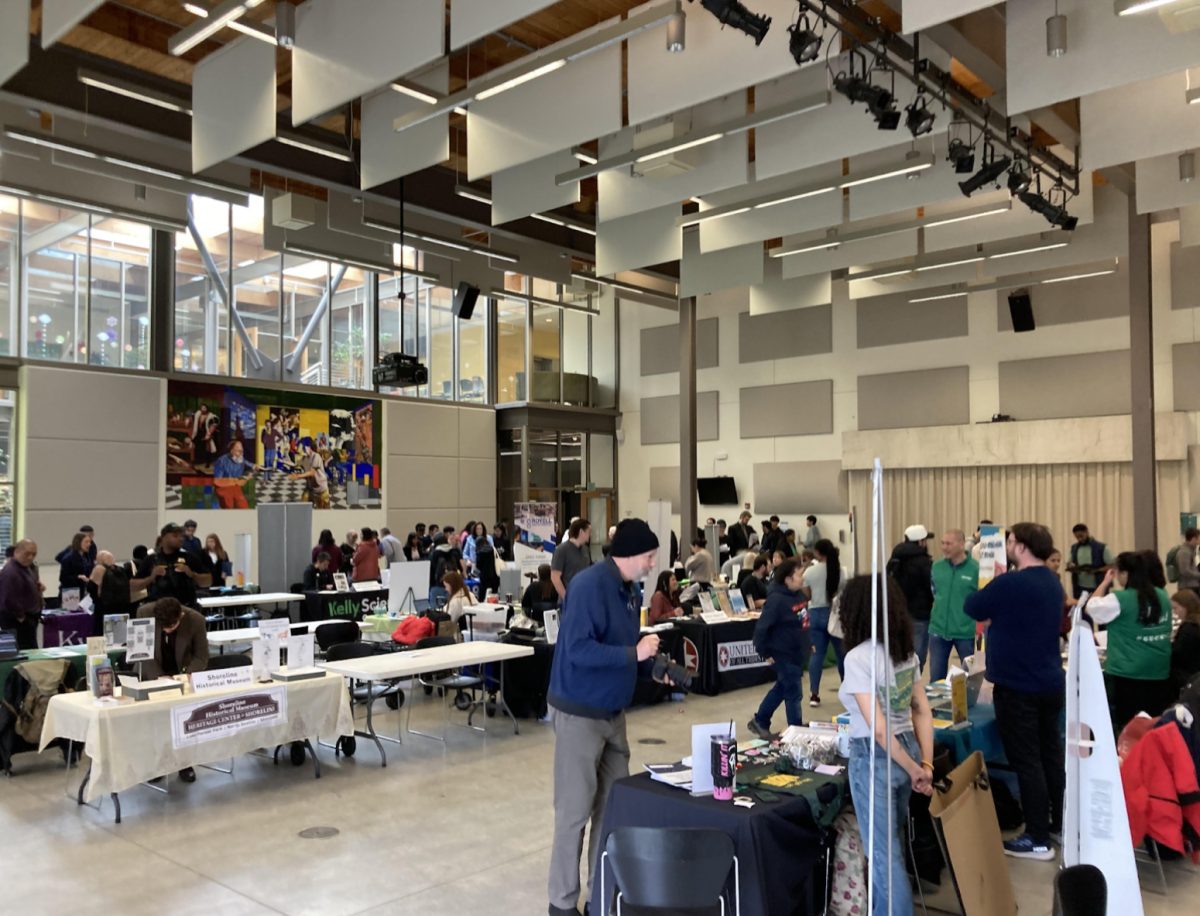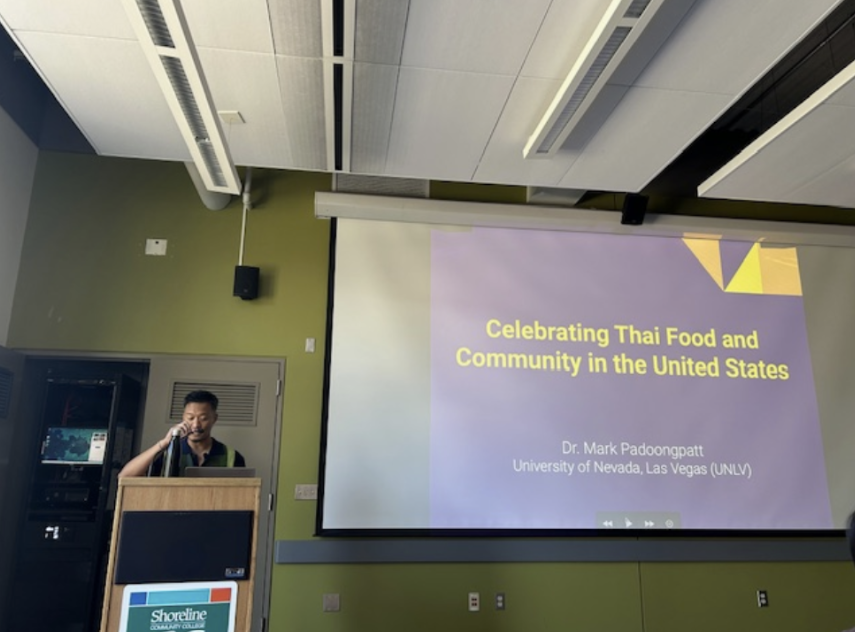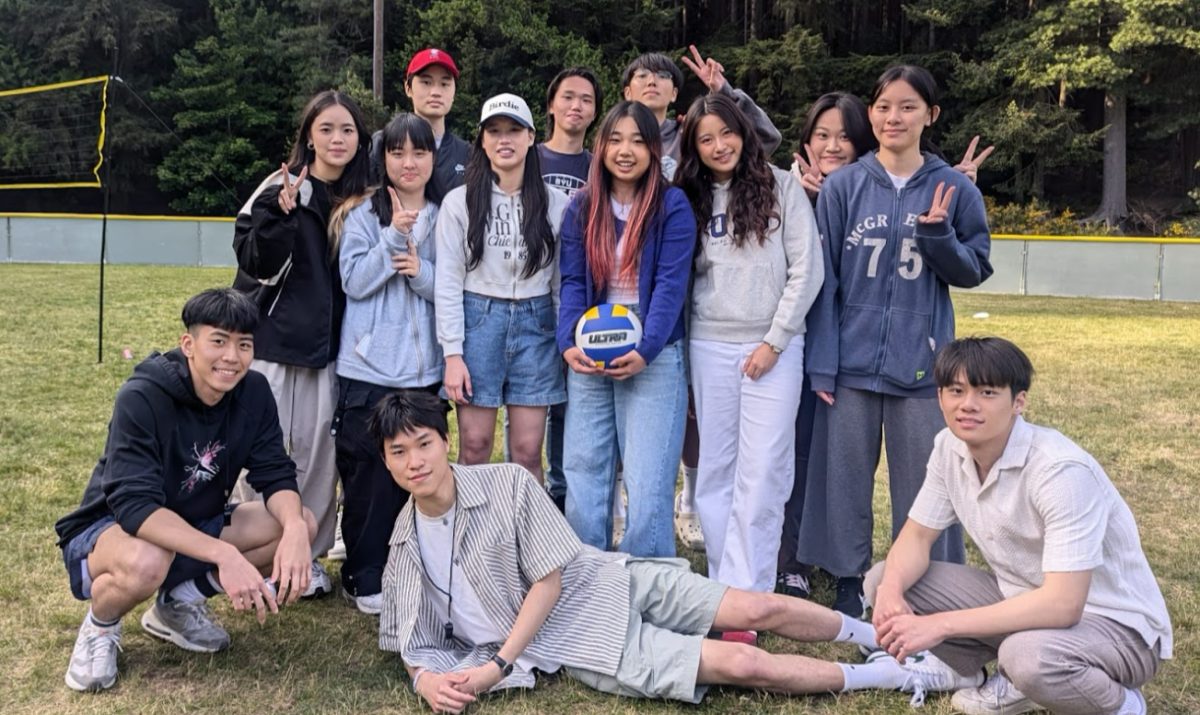In the election last November, Sound Transit 3 (or ST3) was passed by voters in Pierce, King and Snohomish counties to further expand transit over the Puget Sound region.
ST3 is the third phase of Sound Transit’s mission to expand mass transit from Seattle, north to Everett, south to Tacoma and east to Bellevue. The second phase, ST2, was passed in 2008 to double the regional light rail system to over 50 miles long by 2023. ST3 will double the light rail system from ST2, expanding to Bellevue, Tacoma and up into Everett. It will also create more bus service and options on the Sounder commuter rail.
In the Shoreline area, Sound Transit plans on building a light rail stop at both 185th Street and 145th Street.
The way ST3 plans to fund this $53.8 billion project is through new local taxes, which will cover roughly half the cost, and through federal resources for the rest. Sales tax was increased 0.5 percent, or 50 cents on a $100 purchase, on April 1. It also increased license tabs and property taxes. According to the Seattle Transit Blog, this would be roughly $169 per year for an individual.
“Most people probably pay that in gas,” said Savannah Allen, a Mill Creek resident who attends SCC. “There (aren’t) a ton of public transportation options in the U.S. especially here in the west.”
Wyatt Degagne, a student at SCC who works at Fred Meyer, said he has had customers from New York City who have said that the traffic is as bad or worse here.
“People in New York know to walk to places and take public transportation but in Seattle, we don’t have that option. Everyone is just in their cars,” Degagne said.

Light Rail Construction at Northgate Mall extends northward to SCC’s convenience (Photo by Martin Musialczyk)
For some students, it’s harder to access a mass transit station than it is to use their car to get to SCC.
“It’s more out of the way than driving,” said Jackie Kuyat, who lives in Lake Forest Park. Kuyat drives to school and pays for a parking pass at SCC.
The light rail will run daily for 20 hours and reach stations every 10 minutes during most hours and every six minutes during peak times.
“They provide a predictability. It’s not on a bus route that could change,” said Miranda Redinger, the senior planner for Planning and Community Development for the City of Shoreline. “So it gives people that certainty that this option is going to be here for the long term and that we should develop around that.”
While SCC doesn’t have exact numbers on the amount of students and faculty that currently take mass transit to school, in the 2015-2016 fiscal year, they sold 1,300 bus passes and 6,400 parking permits.
“I think it would give some students another option for coming to Shoreline,” said Chip Dodd, a teacher at SCC who has taught classes on urban geography. Dodd said he has noticed the traffic congestion pick up in the last six to eight years.
“It’s just going to keep getting worse without another dimension of mass transit,” he said.
Dori Monson, a local radio host on KIRO 97.3 and a Lake Forest Park resident, believes we should instead be looking for a way to build an infrastructure for the city to thrive in the future rather than relying on a type of transportation that has been around for hundreds of years.
“I think as we get to the Uber-ization of our society and driverless cars and autonomous vehicles, fewer people are going to own cars,” Monson said. “People are going to go on whatever version of phone we have in thirty years and say ‘I need a car to my house in two minutes’ and it will take you to the grocery store and when we have that, our existing roads are going to be so much more efficient.”
Redinger, the Senior Planner for Shoreline, disagreed.
“I think it’s a hybrid,” she said.
She believes that once the light rail system is in place, people will be able to take Ubers and other types of taxi services to the light rail.
“These stations need to be really well served. And that’s where the east-west connections comes in,” Redinger said. “I think that Uber is really going to help with that kind of stuff.”
This isn’t the first time Seattle has had the opportunity to build a transit system. In 1968 and again in 1970, King County voters rejected bonds needed in order to get mass transit to the greater Seattle areas. The money the federal government had offered to Seattle was then given to Atlanta which used it to create their subway system.
One final aspect of ST3 is the impact on the environment. Student Isabel Zyla carpools to Shoreline from Mill Creek.
“It’s better for the environment,” Zyla said.
She and her friends live near a bus line and would easily be able to take the bus to the closest rail stop and get to the college.
-Sidney Shea
